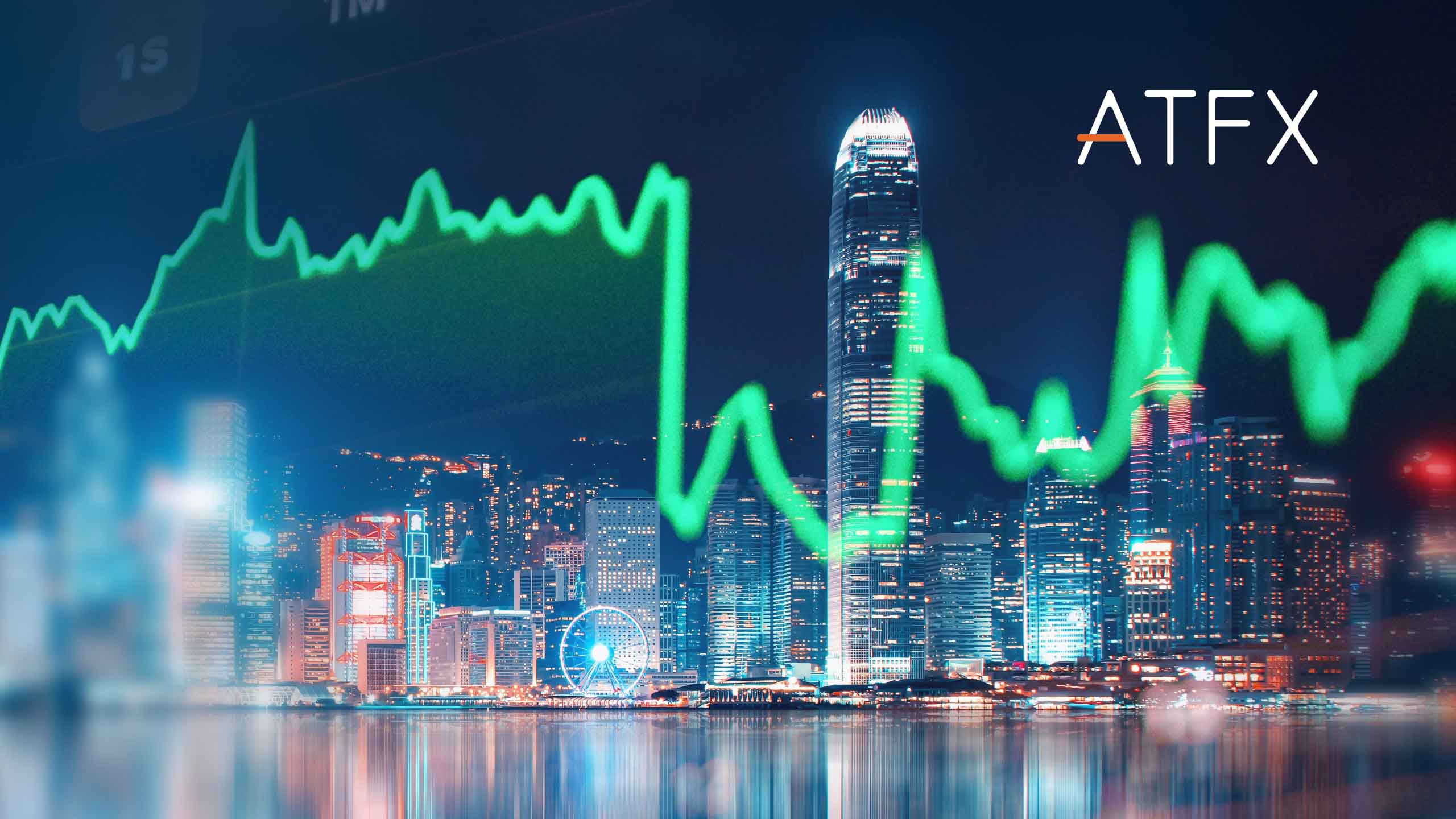China’s latest inflation reading was lower than expected, and investors are looking for further stimulus from the country.

CH50 – Daily Chart
The CH50 index has been on a rally since January, but the price has now found some resistance at the 12,265 level. That could lead to further selling in the index if it fails to hold the 12,000 level.
China’s consumer inflation was slower than expected in March, and producer price deflation returned. Investors are now seeing further pressure on policymakers to launch more stimulus measures to boost the economy.
Deflationary pressures in the world’s second-largest economy appear to be easing, although a continued property crisis still hurts consumer and business confidence. According to National Bureau of Statistics (NBS) data, consumer prices rose by 0.1% in March from a year earlier. That was much lower than a 0.7% rise in February, which was the first gain in six months, and lower than an expected 0.4% rise predicted by a Reuters poll.
Data for January and February and factory surveys for March showed increased demand, but economists warned of Lunar New Year distortions.
“Seasonal effects definitely played a role – food prices rose sharply during the Chinese New Year in February and subsequently came back down,” said Xu Tianchen, senior economist at the Economist Intelligence Unit.
“More broadly, the overcapacity issue is passing into prices in a way that will thwart the People’s Bank of China’s efforts to reflate the economy,” Xu added. “Vehicle prices fell an annual 4.6%, which could suggest manufacturers are introducing deeper price cuts in the distribution and sales process.”
The Chinese economy has released a selection of incentives to spur household spending, including reduced car loan rules. However, consumers are still cautious about making big purchases due to the slower economy and the weak job market.
Earlier this month, the People’s Bank of China (PBOC) said it would boost household income growth and meet consumer credit demand while slowing expansion in bloated industries.
Analysts are worried that credit is flowing more into production than consumption, which could reduce the effect of the central bank’s monetary policy tools. That will likely evolve with further weakness or deflationary issues, and stocks may decline again until further measures are taken.


